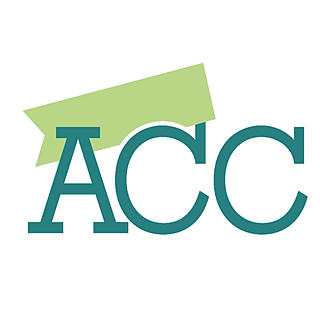ADOT protecting native plants along I-17 between Anthem Way and Sunset Point
- Arizona Contractor & Community
- Nov 22, 2022
- 2 min read
Saguaros, palo verde trees, other plants to be relocated, then used for highway landscaping
Now that construction is officially underway for the I-17 Improvement Project from Anthem Way to Sunset Point, there is some important work taking place to protect the natural landscape that is part of this scenic corridor.

Crews have started removing native vegetation, including saguaros, palo verde trees and ocotillos, along the 23-mile project corridor so it can be cared for and closely monitored during construction, then eventually replanted alongside an improved wider highway.
Drivers who regularly travel I-17 between Anthem Way and Sunset Point may see some of the salvage work during the next several months. Plant salvage crews from the Kiewit-Fann Joint Venture developer team will collect hundreds of viable native trees, accents (such as ocotillos and yuccas), saguaros and other cacti. Approximately two-thirds of the right-of-way along the 23-mile project area will remain undisturbed, and no salvaging will be necessary.
Viable native plants, trees and cacti to be salvaged will be taken with their native soil to temporary nurseries established specifically for the I-17 Improvement Project. Once a salvaged plant, tree or cactus is transported to the temporary nursery, it will be cared for, carefully monitored and maintained until it can be replanted.
“October is usually the prime time for salvaging the plant material, just because our temperature is not too hot and not too cold,” said David Casselbury, a landscape architect with ADOT. “We’re hoping the general public will enjoy driving along the highway and seeing this plant material back in its natural environment once the project is complete.”
The salvaged trees and cacti aren’t the only plants returning to the natural landscape once the improvement project is finished. The work area will also be replanted with native seed mixes and nursery-grown plants. These efforts help to achieve the long-term goal of successfully revegetating the landscapeable area with a mix of plants that will thrive and restore the natural environment for years to come.
Restoring native plants has been an integral part of many Arizona Department of Transportation projects for more than 35 years, including the recently completed South Mountain Freeway and the widening projects along the Loop 101 in the Phoenix area.
More about the I-17 Improvement Project:
Once complete, the I-17 Improvement Project will help alleviate congestion and improve safety and traffic flow north of the metro Phoenix region. The 23 miles of improvements include 15 miles of roadway widening from Anthem Way to Black Canyon City. One travel lane will be added in each direction along this stretch. In addition, an eight-mile flex lane system will be constructed from Black Canyon City to Sunset Point. Flex lanes are a new feature for Arizona’s highway system and are a proven technology to help reduce congestion on I-17 during peak travel times and allow for traffic movement during emergency situations.








Comments